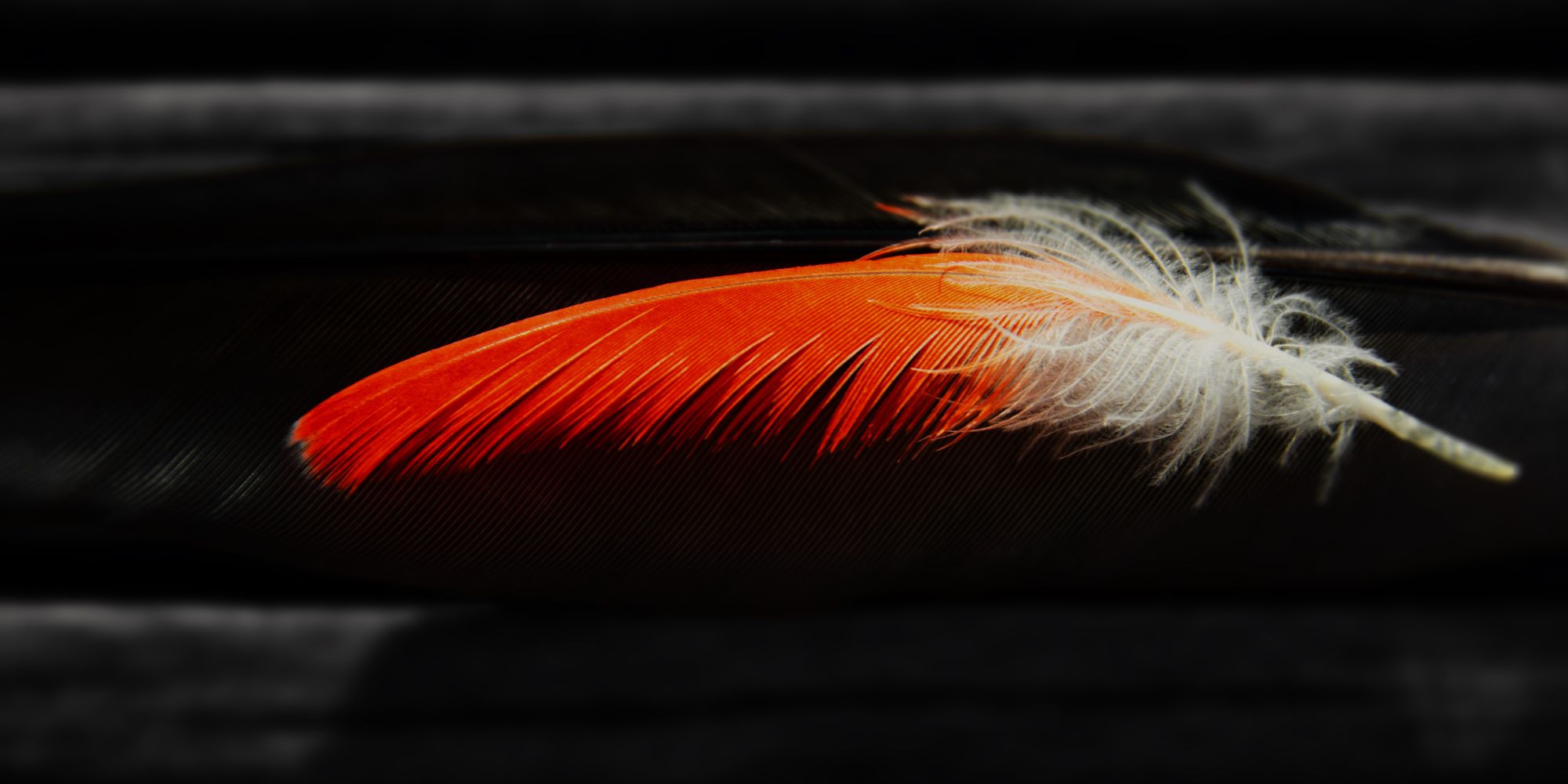
Running Commentary 7/7/2025
Hello,
We’re into July and that means the birding has pretty much dried up. I haven’t seen an oriole in weeks, and generally everything’s keeping quiet. I will say that a field of nesting bobolinks I’ve found seems to be doing well. Mostly it’s been quite hot out, so I haven’t much felt like going to look for what birds are active in the summer. The one thing I have noticed quite a bit is hummingbirds in the flowers.
Anyway...
Reading...
The Maltese Falcon by Dashiell Hammett

This novel, serialized starting in 1929 in Black Mask before being published as a book in 1930. It was hardboiled detective writer Dashiell Hammett’s most commercially successful work, spawning several film adaptations, the most famous of which being the one released in 1941 starring Humphrey Bogart as detective Sam Spade. Here are my notes on the novel:
- Hammett was praised by contemporaries for telling realistic detective stories, in comparison to popular things like Sherlock Holmes and Hercule Poirot stories, with their hyper-observant genius heroes and intricate, perfect-crime murders. Indeed, Sam Spade is a more-or-less ordinary intellect, and the killings are all done with guns, not by introducing exotic venomous snakes through vents strung with silk ropes or whatever. The incompetence of police detectives in comparison to the private investigator, as first established by Poe, remains here, though this trope is arguably less fantastical. Still, this story is not what I’d describe as entirely realistic, though this could just be dated elements not ringing true any longer.
- Sam Spade is an odd character to analyze. He tries, and ultimately does, solve the murders that open the story, but he gets very sidetracked trying to profit from the falcon, ultimately failing here, as he does so. Or, at least he seems sidetracked; it’s possible he got involved to uncover the larger crime surrounding the falcon, not to join in on it. I think he himself probably wasn’t sure which he would wind up doing. Spade mentions how a “fall guy” will satisfy the police and the district attorney, who will happily let most people implicated in a crime go free so long as someone can be visibly punished to show the public that the city is keeping them safe. Spade himself is similarly dismissive of ensuring justice if he can benefit from letting people off the hook — or at least presents himself this way during the story.
- It can be hard to figure out exactly what Spade’s trying to do here because of the way Hammett writes: the whole book is from Spade’s perspective, in the sense that the reader doesn’t see or experience anything he doesn’t, but we don’t ever get any of Spade’s thoughts; the only thing he says to the reader is what he voices to other characters, and we don’t have any more idea than they do whether he’s sincere in what he’s saying or not. So it’s genuinely impossible to say whether Spade wanted the falcon or was just working undercover to bring O’Shaughnessy, Gutman, Cairo, and Wilmer to justice. He said he wanted the former, but he seemed content with the latter.
- The book is set in San Francisco but could be set in any American port city, and only needs to be a port due to the involvement of a ship in the plot. The setting isn’t much of a character here.
- In the modern day it’s a bit odd to read a “hard-boiled” detective character portrayed sincerely, given how the stock character has been mocked and parodied for so long. Actually, while not entirely a joke, Hammett mentioned Spade being the man his coworkers at Pinkerton had pretended/wished to be, so there is an element of satire in him, in that sense.
Eating...
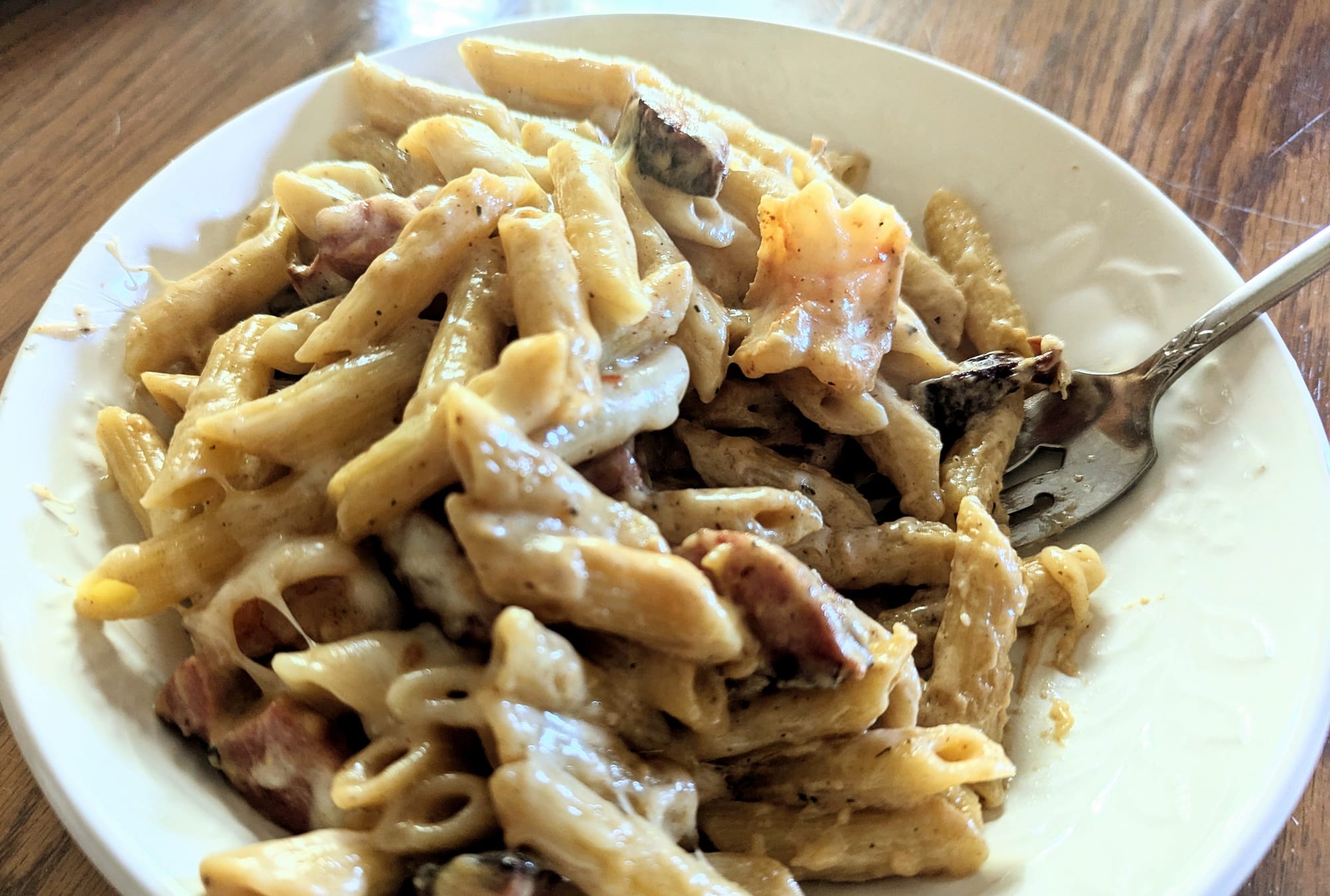
Pasta Louisiana
This is another recipe originally from Cook’s Illustrated; I changed it slightly in how the shrimp is prepared and in what sausage I used; Andouille, which they called for, would be the more authentic choice for this dish, but it is quite spicy. Smoked sausage will give a more savory, less hot feeling to the dish. Honestly either I think would be good, but I didn’t have andouille and I did have smoked sausage, so I used that. I also didn’t have any creole seasoning at hand so I mixed my own from herbs and spices I did have; I included what those were in my recipe if you don’t have creole seasoning either. One thing that you should stick with is the fontina cheese, which you need to melt well in the sauce. I know it’s not one of the top popular cheeses but it’s available in more supermarkets than you’d think.
Ingredients
- 1 box penne
- 1 TBSP butter
- 8 oz. andouille or smoked sausage
- 1 1/2 TBSP flour
- 4 cloves garlic, minced
- 1 TBSP Creole Seasoning or
- 3/4 tsp paprika
- 1/2 tsp salt
- 3/8 tsp garlic powder
- 3/8 tsp oregano
- 3/8 tsp basil
- 1/4 tsp thyme
- 1/3 tsp pepper
- 1/4 tsp cayenne
- 1 1/2 cups half-and-half
- 8 oz fontina cheese, shredded
- 1 lb shrimp (21-25/lb size)
Procedure
- Boil pasta until al dente
- Drain pasta and set aside in colander.
- Prepare shrimp, cooking them quickly in butter.
- Cut shrimp into thirds and set aside.
- Set your oven rack into the middle position and turn on the broiler
- While pasta and shrimp cooks, melt butter in a Dutch oven over medium-high heat.
- Add sausage to butter and brown (about 3-5 minutes).
- Add flour, garlic, and Creole seasoning, stirring these into the butter and allowing them to become fragrant.
- Vigorously mix in half-and-half and cook for 2 minutes to thicken.
- Turn off stove and immediately stir in half of the fontina cheese until melted.
- Add shrimp and pasta. Cover the top of the dish with the other half of the cheese.
- Broil dish for 3 minutes, or until the cheese is melted and bubbly.
- Serve
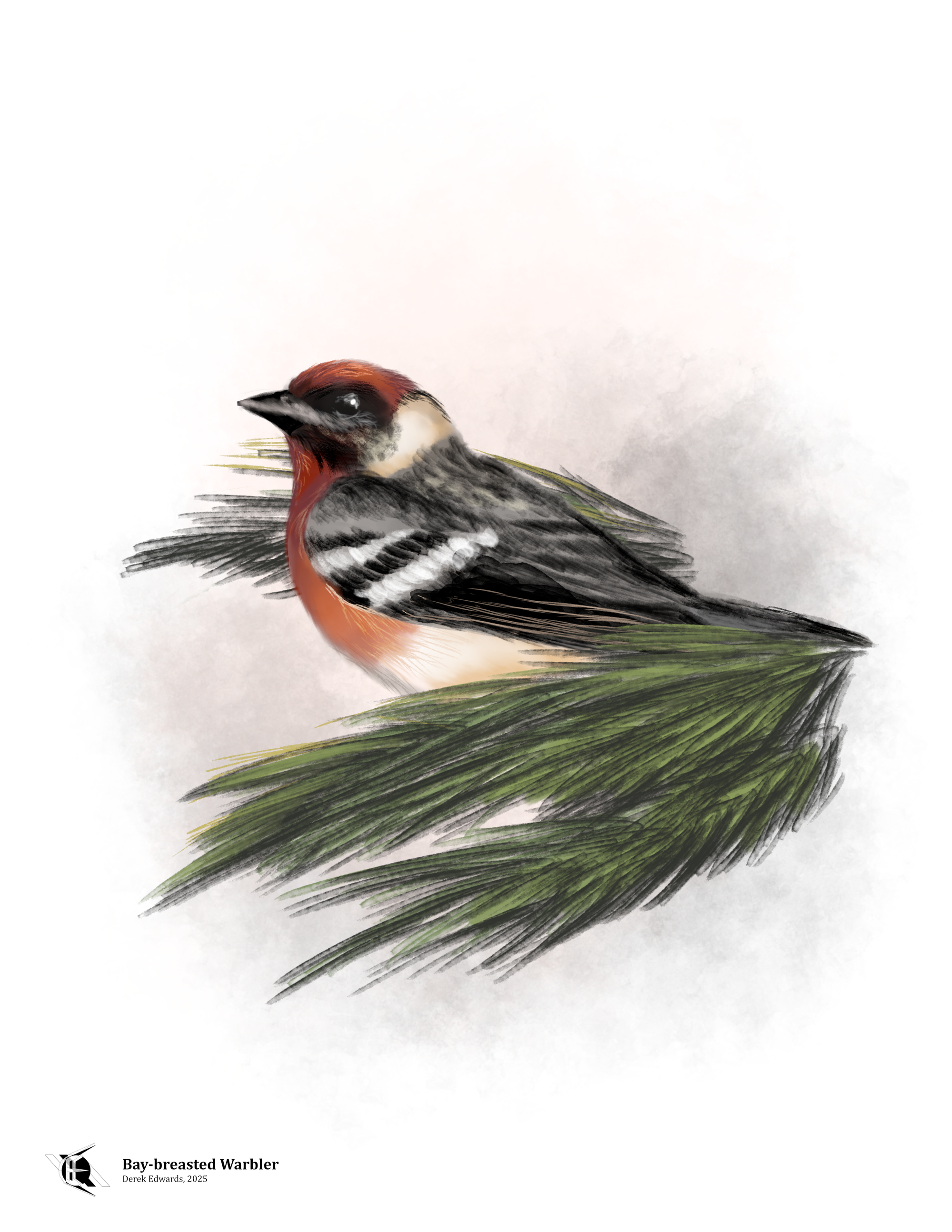
Bird of the Week
“I’m not a warbler person.”1 That’s how I ended my account of a birding walk led by a gifted warbler-finder. He would find something and point it out to the group, and then we’d try to see it in amongst dense growth or high up in a tree before it retreated from view. Warblers are pretty but they’re so hard to spot clearly for more than a brief second. I’ve always much preferred ducks, which are big, slow, and out in the open. Why go birdwatching for birds that don’t let you watch them? I still feel somewhat like this; ducks remain my favorite birds to draw, and I don’t obsess over seeing warblers most of the time. But I have gotten more into finding warblers during their migration than I once was; my style of birding has changed, as has that of many people, with a recent advance in technology, in a way that can be well-illustrated by the story of how I first saw to day’s bird, the Bay-breasted Warbler.
Birding for warblers is, despite warblers’ vivid and varied colors, principally an exercise in birding by ear. Warblers are shy woodland birds that are often either deep in bushes or high in trees, and the main way you’ll notice their presence is by hearing them sing. That’s honestly a big part of why I wasn’t a warbler person: I’m not good at birding by ear. I can learn what a bird looks like from pictures, but I can’t learn and retain what they sound like from recordings, much less from written descriptions of their songs as are found in bird guides. I’m not entirely sure why I can’t remember recordings, but I can’t, and that’s something that makes IDing new birds by voice very difficult for me to do on my own. The best I could hope for is that I’d be able to find where a singing bird is and be able to ID it visually, but that’s hard to do if all you see is the underside of a silhouette high in the branches above. I could ID some warblers, but many went unknown.
But in recent years, birders have gotten some new tools in the form of birdsong identification software. There are a few of these out there today, the most popular in the US being the Sound ID function added to the already popular Merlin Bird ID, a software app published by Cornell University. This is the only of these I’ve personally used. Sound ID will record the sounds around you and compare what it hears against Cornell’s massive library of recorded bird calls, and the species it hears matches for will be listed.
Birdsong ID apps are the biggest technological leap in birding since the digital camera and they’ve been pretty well received by most bird enthusiasts. But there’s been a very 2020s anxiety that it does too much of the work for the user. After all, it’s the computer system doing all the birdsong recognition. How are birders supposed to develop their own recognition of birds’ songs if they’re reliant on an app to do it for them? And how reliable is it anyway? Cornell themselves advise birders to always verify Merlin’s suggestions before trusting it and especially before reporting an observation on eBird where it could confuse their scientists.2
I’ve been using Sound ID for a few years, and while I agree that it makes mistakes occasionally, I disagree that it’s a shortcut around learning bird songs yourself. Which brings me to that bay-breasted warbler. This past May I went to a walking trail where I’ve often seen warblers to see what might be passing through. As I ran Sound ID, it said it heard a bay-breasted warbler. I listened, and didn’t clearly hear anything unfamiliar. Merlin didn’t hear it again, so I decided it must have been a false match. A week later, I was in the same patch of woods, and Merlin again heard a bay-breasted warbler. This time I heard something myself, a song at a very high pitch, thein but definitely there. I stared into a stand of red pine, caught a glimpse of movement, and eventually got a look at a bird with the dark face and red-brown marks of a bay-breasted warbler. Now, it’s possible that I would have found this bird anyway, but certainly Merlin helped by calling my attention to the unfamiliar sound and by giving me some idea what to look for.
As I continued walking through the park, I found some other birds and eventually came to a different patch of trees from which I heard the same high-pitched song. This time I suspected it was a bay-breasted warbler; checking Merlin merely confirmed it. I wouldn’t say that Merlin taught me what a bay-breasted warbler sounds like; only having heard it on the one day, I can’t conjure what it sounds like exactly in my mind. I also wouldn’t say it taught me other birds, like meadowlarks, that I’ve learned to recognize unaided after initially using Merlin to ID them. But it provided a starting point for me to teach myself their calls.
“Bay” is a term for a reddish-brown color that, aside from featuring in the name of this and other birds, is almost exclusively used to refer to horses; a bay horse will have a reddish-brown body with a black mane, tail, and feet.3 The bay-breasted male is one of the few colorful warblers without any yellow patches. Breeding females look similar to males but less visibly colored and without the distinct black on the face. In the fall both sexes turn pale greenish, though the male retains a bay-colored mark on his sides.
To science this bird is Setophaga castanea. Setophaga is the largest genus of wood-warblers; its name means “moth-eater”. The species name is the Latin for “chestnut”, due to its warm brown color.4 “Castanea” is also the root of the Spanish word “castañeta”, a percussion instrument formed from two hollow pieces, like chestnut shells, clacked together between the fingers.5
- Edwards, Derek. “Among the Birds of the Mitten.” The Edwards Edition, April 10, 2024. https://www.edwardsedition.com/among-the-birds-of-the-mitten/.
- Cornell Lab of Ornithology Help Center. “Merlin Sound ID Best Practices,” March 28 2025. https://support.ebird.org/en/support/solutions/articles/48001214056-merlin-sound-id-best-practices.
- Merriam-Webster.com Dictionary, s.v. “bay,” accessed July 6, 2025, https://www.merriam-webster.com/dictionary/bay.
- Jobling, J. A. (editor). The Key to Scientific Names in Birds of the World (S. M. Billerman et al. editors), Cornell Laboratory of Ornithology, Ithaca.
- Merriam-Webster.com Dictionary, s.v. “castanet,” accessed July 6, 2025, https://www.merriam-webster.com/dictionary/bay.
Curation Links
Jambusters | Joshua Rothman, The New Yorker
Reporting on the engineering team at Xerox tasked with preventing paper jams in everything from office copiers to massive publishing presses. A lot happens to a sheet of paper as it passes through a printer, following a specially prepared “paper path” through rollers, belts, and vacuum pumps as ink or toner is applied and bonded to its surfaces. The jambusters must account for space constraints, the delicateness of partially-performed printing, and, in those office copiers especially, for inexpert users’ ability to clear jams when they do occur. It’s a puzzling, cross-disciplinary job, but those who have it love it.
A Snout of Significance | Shanna Baker, bioGraphic
"Along the northwestern slopes of the Ecuadorian Andes lives a little lizard with a striking silhouette. Males of the species Anolis proboscis—called the Pinocchio lizard, among other common names—sport long, nose-like proboscises off the tips of their snouts. Such appendages are rare on reptiles, and the Pinocchio may be the only species that wriggles out of its egg with its 'horn' already developed. By the time a male is fully grown to about the length of a green bean, its horn is nearly as long as its head."
The Incredible Rise and Fall of the Infomercial King | Kingston Trinder, Men's Health
Billy Blanks is famous as the creator and pitchman of Tae Bo, a workout routine. He sold instructional tapes on television, in partnership with Paul M. Monea, in what was Monea’s most honest business venture. Here Monea is profiled in full.
The Harvester | Andrew Allen & Gavin Brady, DUST
[FICTION] [VIDEO] "In a desolate wasteland, a reclusive prospector uncovers a massive deposit of a rare substance. His only companion, a strange organism enslaved to filter the liquid, begins to resist the process, forcing him to reconsider his livelihood as he fights to protect his find against brutal marauders stalking him across an apocalyptic landscape." (20 minutes)
See the full archive of curations on Notion

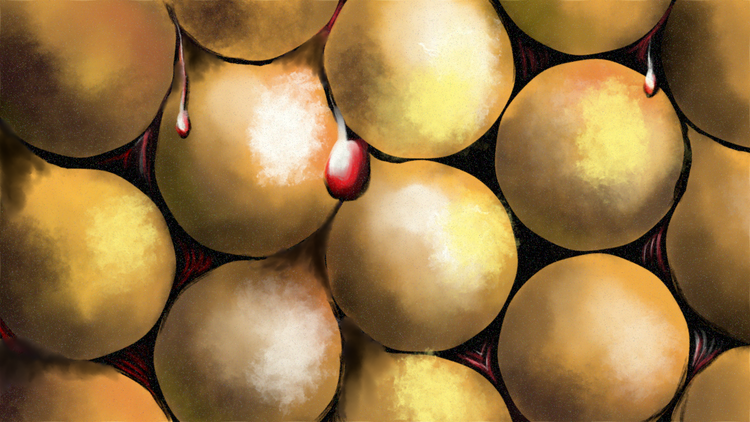
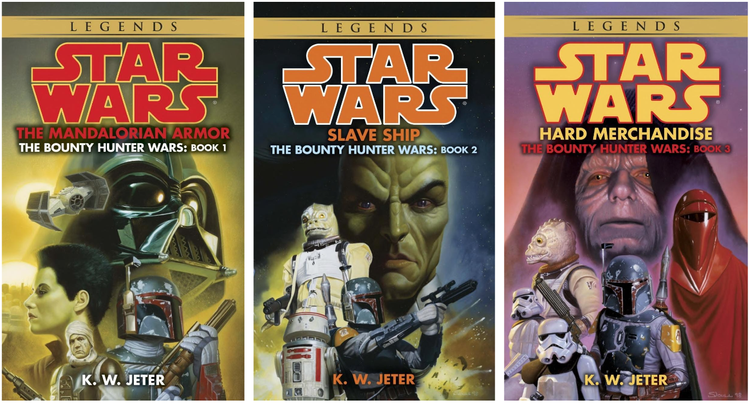
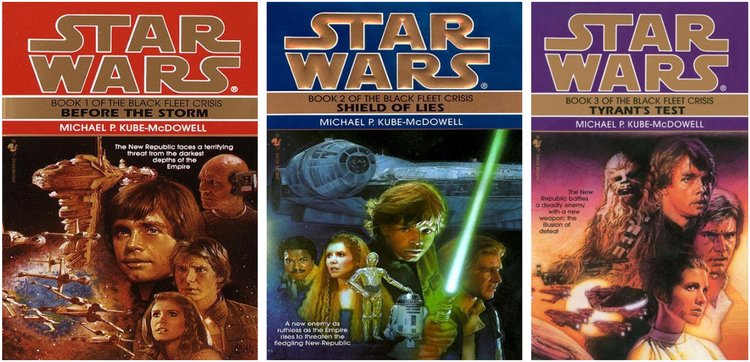
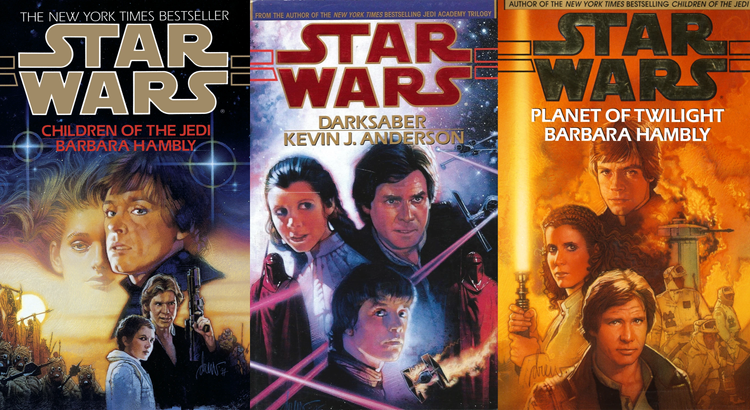
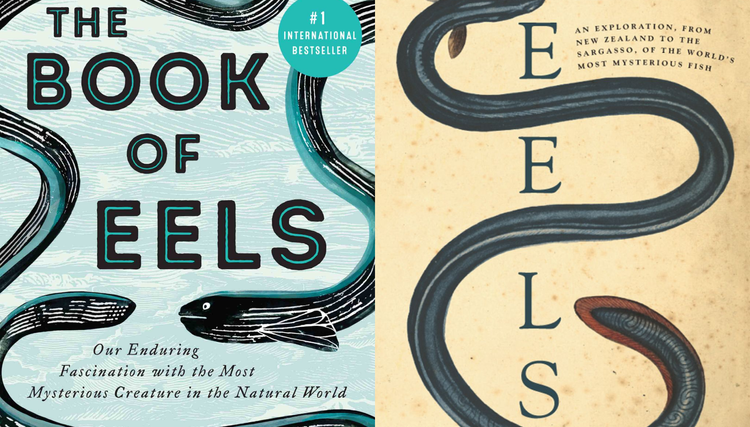
Member Commentary